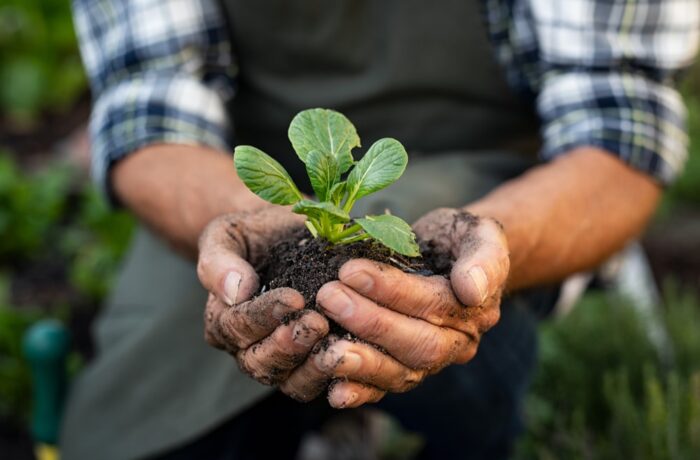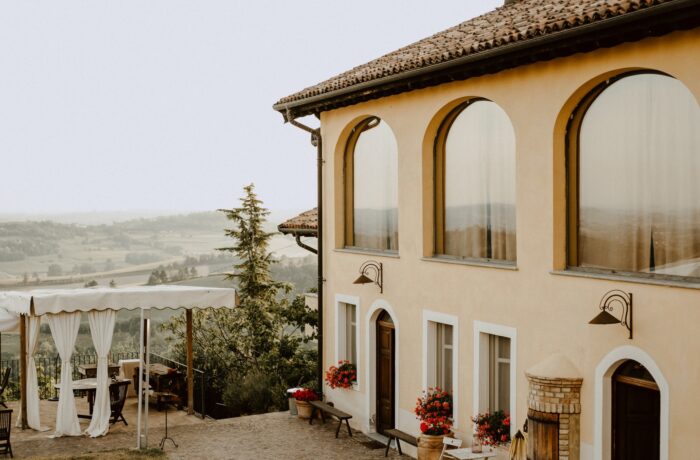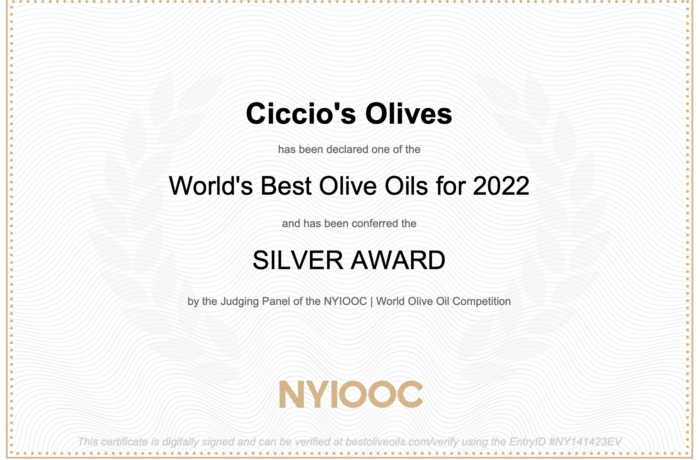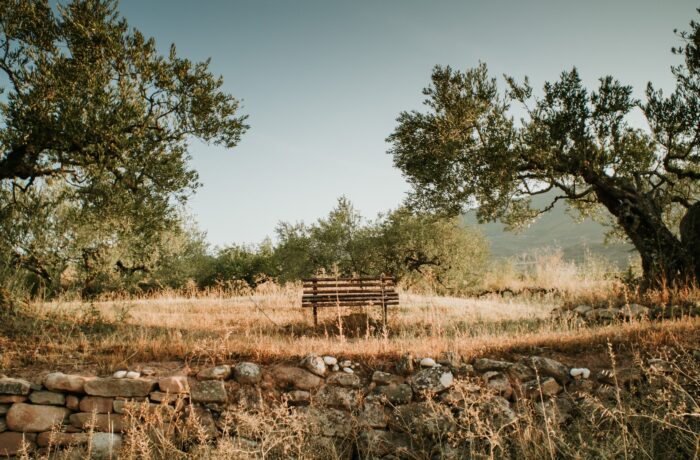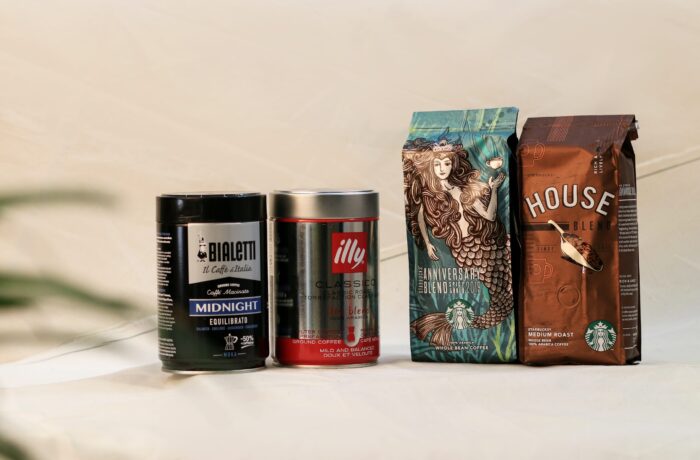Top 5 Things the American Learned About Olive Oil (That the Italian Already Knew)

As a third generation American of Italian immigrants from Calabria and Sicily, Joseph Bonocore’s book Raised Italian-American would dub me an ‘American Italian’. I grew up with stories of my great-grandfather coming to the United States through Ellis Island, of my grandfather growing up as a first generation American in an immigrant household, and of my mother’s upbringing in an Italian-American culture of pasta, meatballs, and Italian swear words. I have my own story of my American-Italian heritage: being raised in the Catholic faith, the importance of family meal time around a table of homemade food and the soundtrack of Andrea Bocelli/Luciano Pavarotti in the background, my first trip to Italy as a 16-year old, and of studying the beautiful yet difficult Italian language.
On to how this relates to olive oil.
Never underestimate the nuances of a culture and country. What one thinks is common knowledge is, very much in fact, not so commonplace across geographies. My Italian husband, Pino, and I experience this on the weekly. For example, take what I’ve learned about fundamental olive oil truths throughout this process of launching a company. For my husband, the following information has been ingrained into his DNA since he was a kid running through the warm golden dirt of his family’s farm in the Italian South. For me, it’s as if a whole new world has opened up and begun sharing its ancient secrets with me.
Traditional/ high density/super high density farming
We’re all about innovation and the changing landscape of olive oil production, yet we aim to strike a balance between it and preserving our legacy practices. Traditional farming is just what it sounds like, spacing trees (there’s no set number of feet) anywhere up to 30 feet apart. High density and super high density farming, on the other hand, is a technique aimed at maximizing consistent oil production amounts while minimizing labor efforts by planting olive trees very close together. This has pros and cons.
Free fatty acids (FFA)
This. Is. Key. I’m going to toot my in-laws’ horn a little bit here, because while I knew this was BY FAR the absolute best olive oil I’ve ever had in my life (like when you finally have authentic Italian buffalo mozzarella and never look at the grocery store brand yellow sliced cheese the same way), I never knew just how high of quality extra virgin olive oil they actually produced.
Free fatty acid content is related to acidity and is a direct measure of the quality of an olive oil and reflects the care taken to produce it throughout its entire lifecycle. It’s a key chemical characteristic of olive oil (if you want to nerd out on it, this article from Olive Oil Source is an incredible resource). The lower the FFA %, the more desirable and high quality the product.
Ciccio’s Olives harvest reported an FFA of 0.31%!
“Freshly pressed oil, made carefully, without the use of excessive heat, from sound, healthy, freshly picked olives, normally has a pretty low “acidity”, well under 0.5% FFA. Extra virgin olive oils have less than 0.8% FFA.”
– Olive Oil Source
Monovarietal vs. blended olive oil
Have you ever thought about what kind of olives the olive oil you’re consuming was made from? Truth be told, I never did. I didn’t even realize that olive oil could either be made from one varietal or a mixture of types.
Ciccio’s Olives extra virgin olive oil (evoo) is a monovarietal made only from Carolea olives.
Olive tree biennial bearing vs. annual full harvest
Did you know that olive trees traditionally produce a full harvest/heavy crop every other year? I didn’t. These living, breathing, ancient trees have a rhythm that is remarkable and profound. A happy, well-cared for tree will stable yearly crops; a tree pushed to produce full harvests every year will get fatigued.
The difference that cultivation speed makes in oil acidity
There’s a tremendous effect that the speed of cultivation has on the quality of an olive oil. Olives that lay on the ground for some time before being gathered, or olives that are gathered and not directly taken to the mill, result in a poor quality oil, or poorer quality oil than is produced when quick cultivation and milling are intrinsic to a producer’s workflow.
It’s been an incredible journey of learning thus far for me, the American/Italian girl. Pino and I bring unique and different perspectives to the table of launching Ciccio’s Olives, for which we’re very thankful for!

